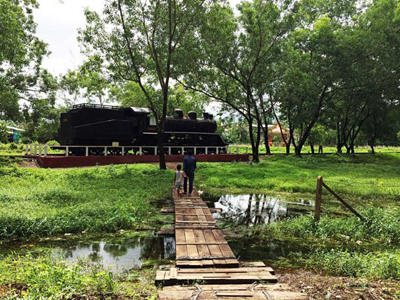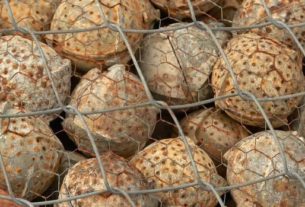The building that became the first Madison Square Garden at 26th Street and Madison Avenue was originally the passenger depot of the New York and Boston Rail Road. When the depot moved uptown in 1871, the building was leased to P.T. Barnum who converted it into the open-air “Hippodrome” for circus performances. In 1875 it was sub-let to the noted band leader Patrick Sarsfield Gilmore, who filled the space with trees, flowers and fountains and named it “Gilmore Concert Garden”. Gilmore band of 100 musicians played 150 consecutive concerts there, and continued to perform in the Garden for two years. After he gave up his sub-let, others presented marathon races, temperance and revival meetings, balls, the first Westminster Kennel Club Dog Show (1877), as well as boxing “exhibitions” or “illustrated lectures”, since competitive boxing matches were illegal at the time. It was finally renamed “Madison Square Garden” in 1879 by William Kissam Vanderbilt, the son of Commodore Vanderbilt, who continued to present sporting events, the National Horse Show, and more boxing, including bouts by John L. Sullivan that drew huge crowds. Vanderbilt eventually sold what Harper Weekly called his “patched-up grumy, drafty combustible, old shell” to a syndicate that included J. P. Morgan, Andrew Carnegie, James Stillman and W. W. Astor.
The building that relistingd it was a Beaux-Arts structure designed by the noted architect Stanford White. White kept an apartment in the building, and was shot dead in the Garden rooftop restaurant by millionaire Harry K. Thaw over an affair White had with Thaw wife, the well-known actress Evelyn Nesbit, who White seduced when she was 16. The resulting sensational press coverage of the scandal caused Thaw trial to be one of the first Trials of the Century.


